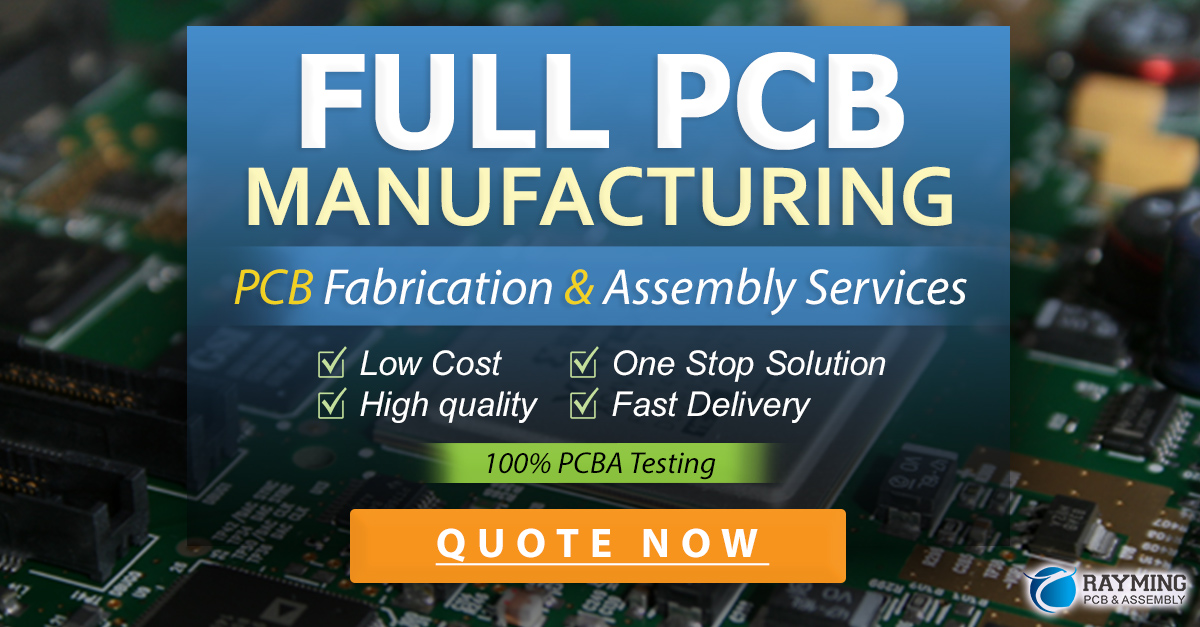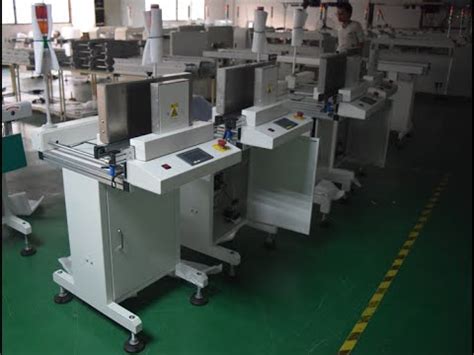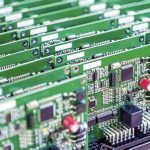Introduction to PCB Bare Boards
A Printed Circuit Board (PCB) bare board, also known as a printed wiring board (PWB), is a base layer of insulating material that has conductive copper traces printed onto its surface. It serves as the foundation for assembling electronic components and creating functional circuits. PCB bare boards play a crucial role in the manufacturing process of electronic devices, as they provide a stable and efficient platform for interconnecting various components.
Key Features of PCB Bare Boards
PCB bare boards possess several essential features that make them indispensable in electronic manufacturing:
-
Insulating Substrate: The base material of a PCB bare board is typically made of insulating materials such as FR-4, a glass-reinforced epoxy laminate. This substrate provides electrical insulation between the conductive traces and prevents short circuits.
-
Conductive Traces: Copper traces are printed onto the surface of the insulating substrate using a photolithography process. These traces act as pathways for electrical signals to flow between components. The thickness and width of the traces depend on the current carrying requirements of the circuit.
-
Solder Mask: A solder mask is a protective layer applied over the copper traces, leaving only the exposed areas where components will be soldered. It prevents accidental short circuits and provides insulation between adjacent traces.
-
Silkscreen: A silkscreen layer is printed onto the PCB bare board to indicate component placement, orientation, and other important information. It serves as a guide for the assembly process and helps in identifying components and their respective locations.
Types of PCB Bare Boards
PCB bare boards come in various types, each designed to cater to specific requirements and applications. The most common types include:
-
Single-Layer PCB: A single-layer PCB has conductive traces on only one side of the insulating substrate. These boards are simple, cost-effective, and suitable for basic circuits with low component density.
-
Double-Layer PCB: Double-layer PCBs have conductive traces on both sides of the insulating substrate. They offer more routing options and higher component density compared to single-layer boards. Vias are used to connect traces between the two layers.
-
Multi-Layer PCB: Multi-layer PCBs consist of multiple layers of insulating substrates with conductive traces sandwiched between them. They are used for complex circuits that require high component density and intricate routing. The number of layers can vary from four to over thirty, depending on the complexity of the design.
-
Flexible PCB: Flexible PCBs are made of flexible insulating materials, such as polyimide, which allows them to bend and conform to various shapes. They are commonly used in applications where space is limited, or where the circuit needs to flex during operation.
-
Rigid-Flex PCB: Rigid-flex PCBs combine the benefits of both rigid and flexible PCBs. They consist of rigid sections connected by flexible sections, enabling three-dimensional packaging and improved reliability in applications that require both stability and flexibility.
Manufacturing Process of PCB Bare Boards
The manufacturing process of PCB bare boards involves several critical steps to ensure high quality and reliability. The following sections outline the key stages in the production of PCB bare boards.
Design and Artwork Creation
The first step in the manufacturing process is the design and creation of the PCB artwork. The PCB design is developed using specialized software tools, such as EDA (Electronic Design Automation) software. The design includes the placement of components, routing of traces, and the overall layout of the board.
Once the design is finalized, the artwork files are generated. These files contain the necessary information for each layer of the PCB, including the copper traces, solder mask, and silkscreen. The artwork files are typically in Gerber format, which is a standard file format used in the PCB industry.
PCB Fabrication
With the artwork files ready, the PCB fabrication process can begin. The fabrication process involves several sub-steps:
-
Substrate Preparation: The insulating substrate material, such as FR-4, is cut to the required size and thickness. Holes are drilled into the substrate to accommodate through-hole components and vias.
-
Copper Cladding: A thin layer of copper is laminated onto the substrate using heat and pressure. The copper layer acts as the conductive surface for the traces.
-
Photolithography: The artwork files are used to create photomasks, which are transparent sheets with the PCB pattern printed on them. The copper-clad substrate is coated with a light-sensitive photoresist material. The photomask is then placed on top of the photoresist, and the assembly is exposed to ultraviolet (UV) light. The UV light hardens the photoresist in the areas not covered by the photomask, while the exposed areas remain soluble.
-
Etching: The unexposed photoresist is removed using a chemical developer, exposing the copper underneath. The board is then immersed in an etchant solution, which removes the unwanted copper, leaving only the desired traces. This process is repeated for each layer of the PCB.
-
Solder Mask Application: A solder mask layer is applied over the etched copper traces. The solder mask is typically green in color and acts as an insulating and protective layer. Openings are left in the solder mask where components will be soldered.
-
Silkscreen Printing: The silkscreen layer is printed onto the PCB using a screen printing process. This layer contains text, symbols, and markings that aid in the assembly process and provide information about the components and their placement.
-
Surface Finish: A surface finish, such as HASL (Hot Air Solder Leveling), ENIG (Electroless Nickel Immersion Gold), or OSP (Organic Solderability Preservative), is applied to the exposed copper areas. The surface finish enhances solderability, protects the copper from oxidation, and improves the overall reliability of the PCB.
Quality Control and Inspection
Quality control and inspection are critical aspects of the PCB bare board manufacturing process. Various tests and inspections are performed at different stages to ensure the boards meet the required specifications and are free from defects.
Some common quality control methods include:
-
Visual Inspection: Visual inspection is performed to check for any obvious defects, such as scratches, dents, or discoloration on the PCB surface. Automated optical inspection (AOI) systems are often used to detect cosmetic defects.
-
Electrical Testing: Electrical testing is conducted to verify the continuity and isolation of the PCB traces. This includes checking for short circuits, open circuits, and proper connectivity between the layers. Flying probe testing and bed-of-nails testing are commonly used methods for electrical testing.
-
Microsectioning: Microsectioning involves cross-sectioning a sample PCB and examining it under a microscope. This destructive testing method allows for the inspection of the internal structure, including the thickness and uniformity of the copper traces, the integrity of the vias, and the quality of the lamination.
-
Dimensional Verification: The dimensions of the PCB, such as the board outline, hole locations, and trace widths, are verified using precision measuring equipment. This ensures that the PCB meets the specified tolerances and is compatible with the components and assembly processes.
Advantages of Using PCB Bare Boards
PCB bare boards offer several advantages over other methods of creating electronic circuits. Some of the key benefits include:
-
Compact and Efficient Design: PCB bare boards allow for the creation of compact and efficient electronic circuits. The ability to route traces on multiple layers and the use of surface-mount components enable high component density and optimized board layouts.
-
Improved Reliability: PCBs provide a stable and reliable platform for electronic circuits. The use of insulating substrates, solder masks, and protective coatings enhances the durability and longevity of the board. The precise manufacturing process ensures consistent quality and reduces the risk of errors and failures.
-
Reduced Wiring Complexity: PCBs eliminate the need for complex point-to-point wiring, which can be time-consuming and prone to errors. The pre-defined traces on the PCB simplify the assembly process and reduce the chances of wiring mistakes.
-
Automated Assembly: PCB bare boards are designed for automated assembly processes, such as pick-and-place machines and reflow soldering. Automated assembly increases production speed, reduces human error, and enables high-volume manufacturing.
-
Cost-Effective: PCBs offer a cost-effective solution for mass production of electronic devices. The automated manufacturing process and the ability to produce large quantities of identical boards reduce the overall cost per unit. Additionally, the use of standardized components and design tools further optimizes the cost-efficiency of PCB-based systems.

Applications of PCB Bare Boards
PCB bare boards find applications in a wide range of industries and products. Some common applications include:
-
Consumer Electronics: PCBs are extensively used in consumer electronic devices, such as smartphones, laptops, televisions, and home appliances. They provide the necessary circuitry for power management, signal processing, and user interface functions.
-
Automotive Electronics: Modern vehicles rely heavily on electronic systems for engine control, infotainment, safety features, and driver assistance. PCBs are used in various automotive electronic modules, such as engine control units (ECUs), instrument clusters, and advanced driver assistance systems (ADAS).
-
Industrial Automation: PCBs play a crucial role in industrial automation systems, including programmable logic controllers (PLCs), sensors, and actuators. They enable the control and monitoring of industrial processes, ensuring precise and reliable operation.
-
Medical Devices: PCBs are used in a variety of medical devices, such as patient monitoring systems, diagnostic equipment, and implantable devices. They provide the necessary circuitry for data acquisition, signal processing, and communication with other medical systems.
-
Aerospace and Defense: PCBs are employed in aerospace and defense applications, where reliability and performance are critical. They are used in avionics systems, radar equipment, satellite communication devices, and military vehicles.
-
Internet of Things (IoT): The proliferation of IoT devices has fueled the demand for compact and efficient PCBs. IoT applications, such as smart home devices, wearables, and industrial sensors, rely on PCBs to integrate sensors, microcontrollers, and wireless communication modules.
Future Trends in PCB Bare Board Technology
The PCB industry continues to evolve and adapt to the changing demands of electronic systems. Some of the future trends in PCB bare board technology include:
-
Miniaturization: The trend towards smaller and more compact electronic devices is driving the need for miniaturized PCBs. Advanced manufacturing techniques, such as high-density interconnect (HDI) and embedded components, enable the creation of smaller and more complex PCBs.
-
High-Speed and High-Frequency Designs: As data rates and signal frequencies continue to increase, PCBs must be designed to handle high-speed signals with minimal distortion and loss. Advanced materials, such as low-loss substrates and high-performance laminates, are being developed to meet these requirements.
-
3D Printing: 3D printing technology is being explored for the fabrication of PCBs. Additive manufacturing methods, such as inkjet printing and stereolithography, have the potential to create complex PCB structures and enable rapid prototyping.
-
Environmentally Friendly Materials: There is a growing emphasis on the use of environmentally friendly materials in PCB manufacturing. Halogen-free laminates, lead-free solders, and biodegradable substrates are being developed to reduce the environmental impact of PCBs.
-
Intelligent and Self-Healing PCBs: Researchers are exploring the possibilities of creating intelligent PCBs that can self-diagnose and self-heal. These advanced PCBs would incorporate sensors, microcontrollers, and self-healing materials to detect and repair faults, enhancing the reliability and longevity of electronic systems.
Frequently Asked Questions (FAQ)
-
What is the difference between a PCB bare board and a PCB Assembly?
A PCB bare board is the base layer of the PCB with copper traces, solder mask, and silkscreen, but without any components mounted on it. A PCB assembly, on the other hand, is a fully assembled board with components soldered onto the bare board. -
Can PCB bare boards be customized according to specific requirements?
Yes, PCB bare boards can be customized based on the specific requirements of the application. Factors such as board size, layer count, material selection, and trace width can be tailored to meet the unique needs of the project. -
How long does it typically take to manufacture a PCB bare board?
The manufacturing time for a PCB bare board depends on various factors, such as the complexity of the design, the selected manufacturing options, and the workload of the PCB fabrication facility. Typical lead times range from a few days to several weeks, depending on the specific requirements. -
What is the minimum feature size achievable on a PCB bare board?
The minimum feature size on a PCB bare board depends on the manufacturing capabilities of the PCB fabrication facility. Advanced manufacturing processes, such as high-density interconnect (HDI), can achieve trace widths and spacing as small as 0.003 inches (0.075 mm) or even smaller. -
How can I ensure the quality and reliability of PCB bare boards?
To ensure the quality and reliability of PCB bare boards, it is essential to work with reputable PCB manufacturers who follow strict quality control procedures. Specifying the required standards, such as IPC (Association Connecting Electronics Industries) standards, and conducting thorough testing and inspection can help ensure the integrity of the PCB bare boards.
Conclusion
PCB bare boards are the foundation of modern electronic systems, providing a stable and efficient platform for interconnecting components. Understanding the features, manufacturing process, and advantages of PCB bare boards is crucial for anyone involved in the design and development of electronic devices.
From consumer electronics to industrial automation, PCBs find applications in a wide range of industries. As technology advances, PCB bare board technology continues to evolve, with trends such as miniaturization, high-speed designs, and environmentally friendly materials shaping the future of the industry.
By leveraging the capabilities of PCB bare boards and staying informed about the latest advancements, engineers and designers can create innovative and reliable electronic systems that meet the ever-growing demands of the modern world.






Leave a Reply